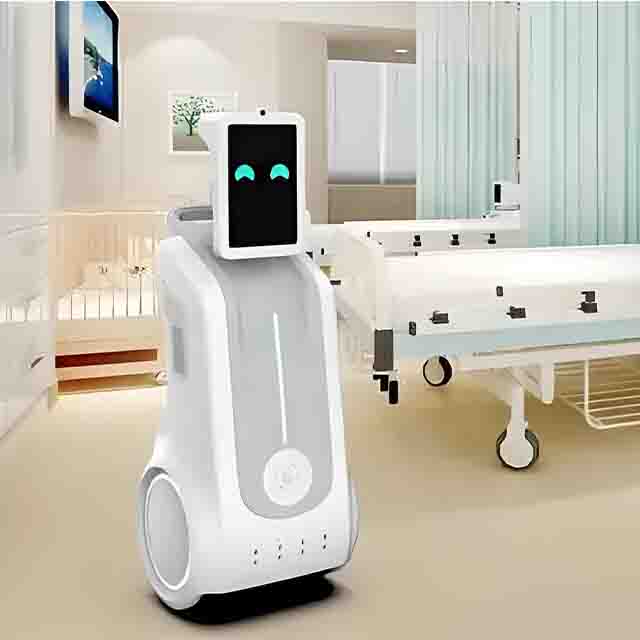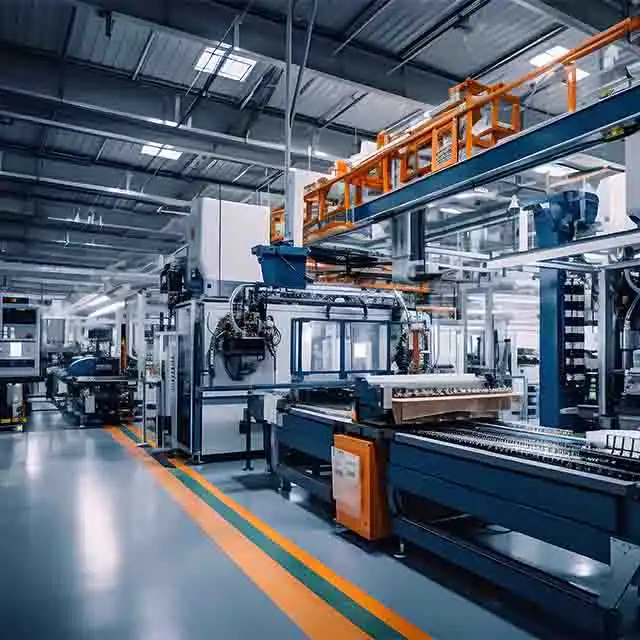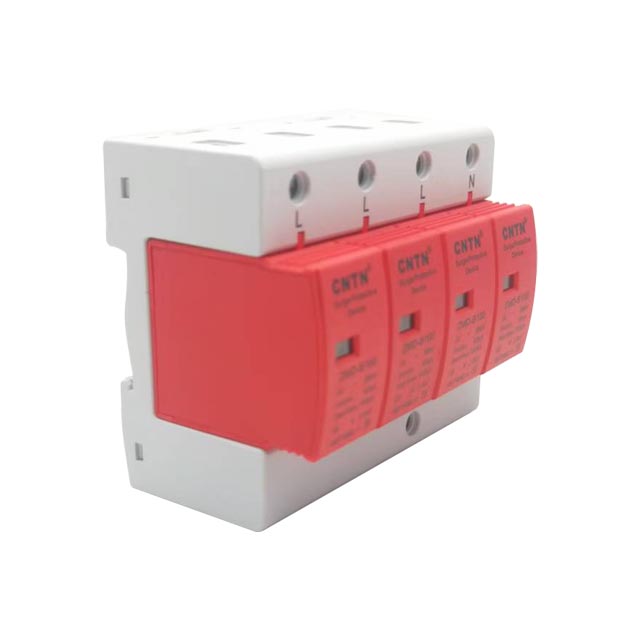DC Surge Protective Device
- Over 10 years of experience in manufacturing DC Surge Protective Device.
- Fast production delivery capability
- Provide product customization
- We provide 24-hour online service to you
Our products
The core function of a DC surge protector is to clamp sudden overvoltage surges in DC circuits. By quickly conducting, shunting, or absorbing surge energy, it limits the circuit voltage within a safe range that equipment can withstand. Ultimately, this prevents sensitive electronic components at the backend (such as chips, capacitors, controllers, etc.) from being broken down or burned out by overvoltage, or from suffering performance damage or shortened service life due to instantaneous impacts.
Application Scenarios of DC Surge Protective Device

Application Of DC SPD are applied in Electric Vehicle
DC surge protectors are installed in electric vehicle (EV) charging piles (especially DC fast-charging piles) and on-board DC power circuits. They suppress surges caused by grid voltage spikes during charging, or transient currents during vehicle power-on/power-off, protecting charging pile modules, on-board batteries, and vehicle control units (VCUs).

When applied to mobile medical equipment, DC SPD can protect precision components to extend the equipment’s service life and ensure the safety of patients and operators by avoiding electric shock hazards. Additionally, DC surge protectors feature a compact and lightweight design, making them suitable for the limited internal space of portable devices.

Application Of DC SPD are used in Factory

DC SPD are applied in the New Energy Powe
DC SPD are key safety components in new energy systems. They suppress surges caused by lightning strikes on photovoltaic (PV) arrays or grid voltage fluctuations, protecting core components like PV inverters, junction boxes, and battery energy storage units from overvoltage damage.

DC Surge Protective Device are applied in Data Center
By blocking surge risks, protecting core equipment and backup power supplies, and reducing operation and maintenance costs, DC surge protectors (DC SPDs) have become key components. They not only “prevent damage” but also reduce risk points, ensuring the continuous and stable operation of data center services.

DC SPD are applied in the Communication Base Station
DC surge protectors are installed in the DC power circuits of base station equipment (such as transceivers and antennas). They suppress surges caused by lightning strikes on communication towers or power grid fluctuations, protecting the main base station equipment and backup batteries.
What is your application?
What Is Aminiature DC Circuit Breaker?
How MCBs work?
The core working logic of DC Surge Protective Devices (DC SPDs) is consistent with that of AC Surge Protective Devices (AC SPDs), both following the principle of “high resistance in normal state and low resistance in surge state”. They protect DC circuits and equipment by quickly conducting and diverting transient overvoltage/overcurrent. However, since DC systems have no “zero-crossing point” (AC voltage periodically returns to zero, which facilitates SPD reset), their working mechanism needs to be adapted to DC characteristics. The core differences lie in three aspects: conduction threshold control, reset reliability, and anti-sustained conduction design.
Types of Miniature Circuit Breakers (MCB)
Types of DC Surge Protective Devices (DC SPDs)
DC Surge Protective Devices (DC SPDs) can be classified based on dimensions such as core component characteristics, protection levels, and installation scenarios. Different types vary significantly in applicable scenarios and protection capabilities, with the core goal of addressing the key requirements of DC systems: “no zero-crossing point, reliable reset, and prevention of sustained short circuits”.
1. Classification by Core Protection Components
Varistor-Type DC SPDs
TVS Diode-Type DC SPDs
Gas Discharge Tube (GDT)-Type DC SPDs
Composite-Type DC SPDs
2. Classification by Protection Level (IEC Standard)
Class Ⅰ DC SPDs (Primary Protection)
Class Ⅱ DC SPDs (Secondary Protection)
Class Ⅲ DC SPDs (Tertiary Protection)
3. Classification by Adapted DC Voltage Level
Low-Voltage DC SPDs
Medium-Voltage DC SPDs
High-Voltage DC SPDs
4. Classification by Installation Method
Modular DC SPDs
Wall-Mounted DC SPDs
Surface-Mounted Device (SMD) DC SPDs
Special Note
When selecting a DC SPD, three core requirements must be clearly identified first:
System Voltage
Surge Energy
Equipment Tolerance

